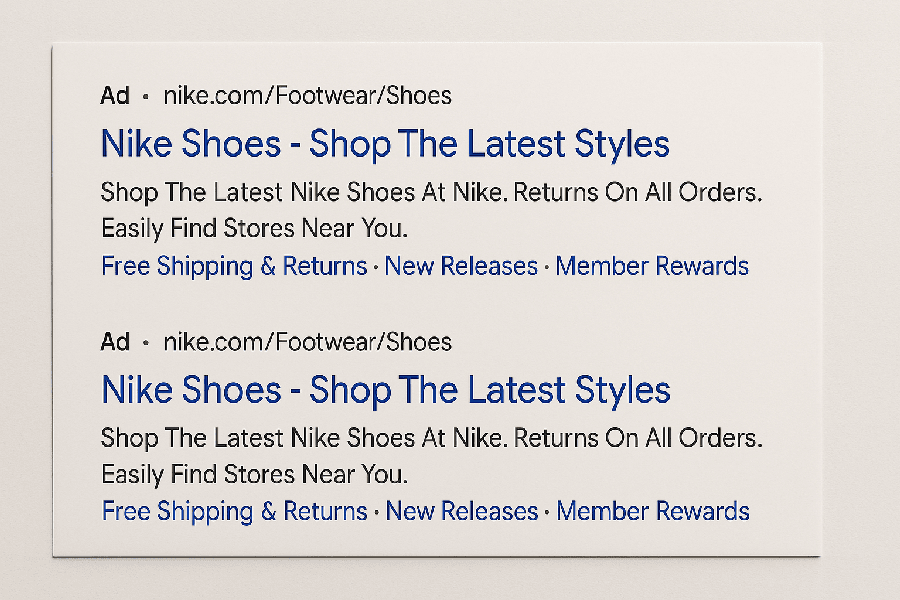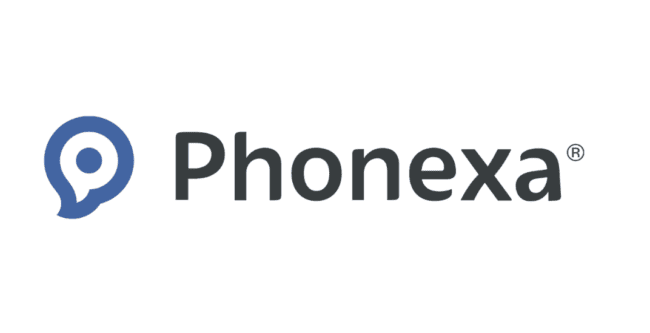Understanding Ad Hijacking: What Affiliate Program Managers Need to Know

Ad hijacking is an increasingly serious threat in the affiliate marketing ecosystem. For affiliate program managers, understanding what it is—and how to stop it—is crucial to protecting your brand’s integrity, maintaining partner trust, and ensuring your ad budgets aren’t being misused.
What Is Ad Hijacking?
Ad hijacking occurs when an affiliate impersonates a brand by bidding on brand terms in paid search ads (often via Google Ads), while redirecting traffic through their own affiliate links. To the average consumer, these ads look like they’re coming directly from the brand—but every click sends a commission to the hijacking affiliate.
Worse still, hijackers often copy ad copy verbatim, so there’s no visual difference between the brand’s genuine ads and the hijacked ones. This undermines the brand’s PPC strategy and often inflates affiliate commissions unfairly.
Why Should Affiliate Managers Care?
Ad hijacking not only costs brands money, it damages trust:
- Lost revenue: Hijackers intercept organic or paid traffic that the brand would have received anyway—meaning you’re paying commissions for users you already acquired.
- Misattributed conversions: Your top-performing affiliates may not be getting the credit (or commission) they deserve.
- PPC inflation: Hijackers drive up your CPCs on branded terms.
- Poor partner morale: Other affiliates may view the program as unfair or unmonitored, eroding their trust and motivation.
Signs of a Hijacking Problem
Affiliate managers should be on the lookout for these red flags:
- Brand CPCs suddenly increase
- Affiliate traffic patterns change without explanation
- Top-funnel affiliates show a spike in last-click conversions
- Click paths or referral sources show search engine origins, especially on brand terms
What Affiliate Managers Can Do to Stop It
✅ 1. Monitor Your Brand Keywords
Use tools like BrandVerity, Adthena, or PPC monitoring platforms to regularly scan for ads using your brand name. Look for copycat ads or ones that include your brand but aren’t from your official account.
✅ 2. Audit Click and Conversion Paths
Dig into analytics and affiliate reports. Is a certain partner suddenly dominating last-click attribution without a clear traffic source? That could be a hijacker using paid search to intercept branded traffic.
✅ 3. Create Clear Terms & Conditions
Ensure your affiliate program policies explicitly prohibit:
- Bidding on branded keywords
- Direct linking from search engines
- Cloaking or deceptive redirects
Include strong penalties for violations, including removal from the program and commission forfeiture.
✅ 4. Leverage Attribution Insights
Don’t rely solely on last-click attribution. If your program has the tools, review multi-touch journeys to see how traffic flows. Hijackers often sneak in at the last second before a conversion
✅ 5. Work With Trusted Partners
Use vetted affiliate networks and work with partners you trust. Consider running manual checks on high-volume partners if anything seems off.
✅ 6. Communicate With Your Affiliates
Let your partners know you’re actively monitoring for brand bidding violations. This not only deters bad actors but shows that you’re running a fair, transparent program—which builds trust and loyalty.
Final Thought: Prevention Is Better Than Cure
Ad hijacking is an evolving threat, but affiliate program managers can take decisive action to protect their brands. With the right tools, policies, and vigilance, you can root out hijackers before they do lasting damage—and keep your program healthy, fair, and profitable.
Stay informed, stay proactive—and keep your brand where it belongs: at the top of the search results, honestly.






